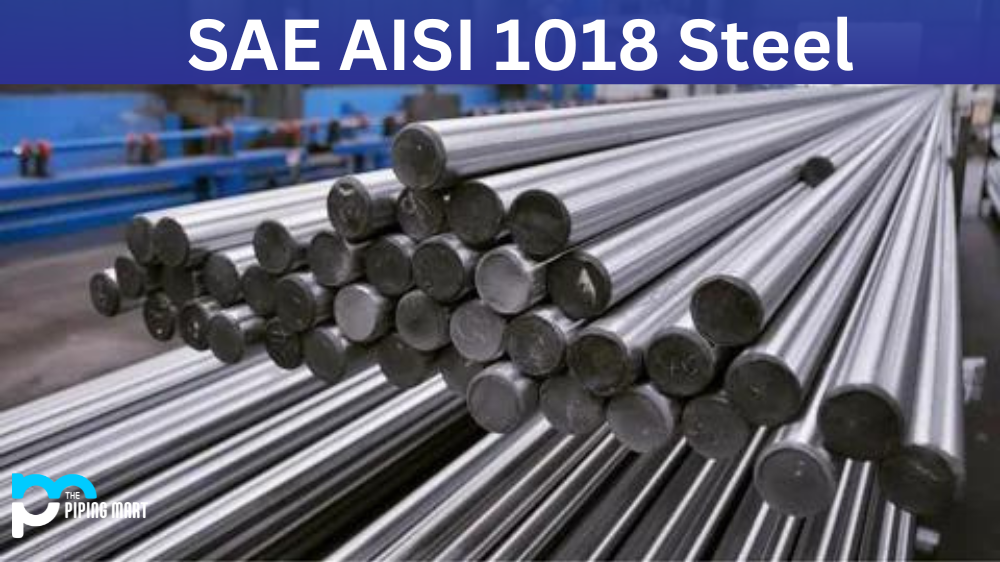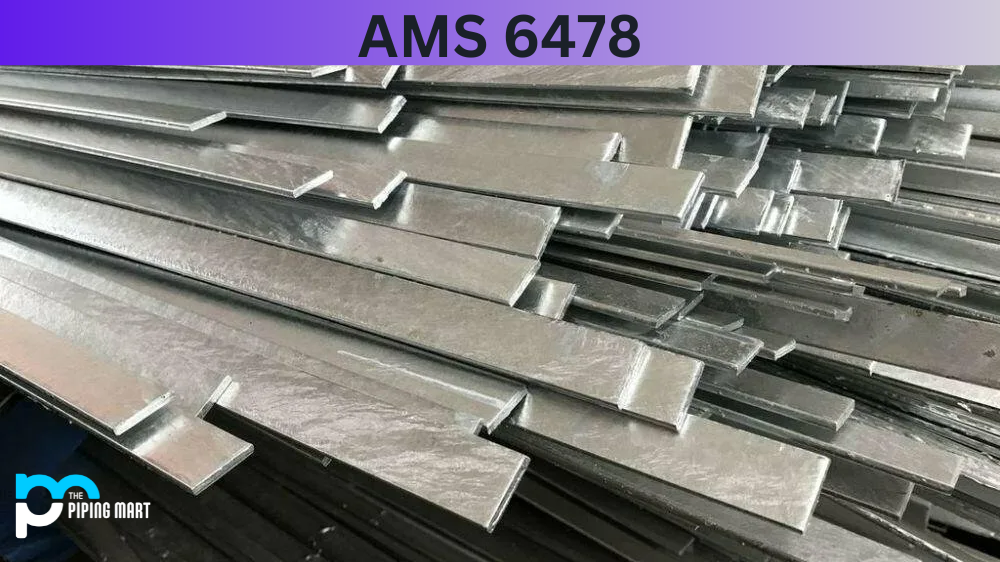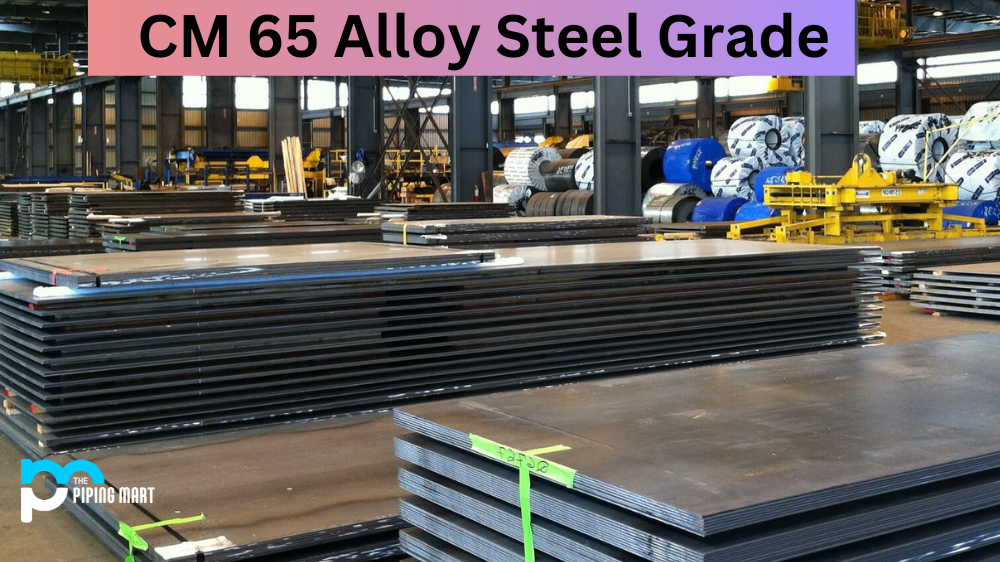AISI 1018 steel is a mild/low-carbon steel that is one of the market’s most commonly available ferrous alloys. It has excellent weldability and formability, as well as good corrosion and heat resistance. In this guide, we will take a look at its properties, uses, and more.
AISI 1018 Composition
SAE / AISI 1018 steel is composed of .15 to .20 percent carbon, up to 0.60 percent manganese, up to 0.04 percent phosphorus, and up to 0.05 sulfur. It also contains trace amounts of other elements, including silicon (up to 0.30 percent), copper (up to 0.20 percent), and aluminum (up to 0.06 percent).
| Element | Content |
|---|---|
| Carbon, C | 0.14 – 0.20 % |
| Iron, Fe | 98.81 – 99.26 % (as remainder) |
| Manganese, Mn | 0.60 – 0.90 % |
| Phosphorous, P | ≤ 0.040 % |
| Sulfur, S | ≤ 0.050 % |
AISI 1018 Chemical Properties
AISI 1018 is low-carbon steel with anywhere from 0.6% to 0.9% manganese and trace amounts of other elements, making it ideal for many automotive and machinery parts. This type of steel used in the cold drawn or “turned and polished” condition has an enhanced yield and tensile strength and improved machinability compared to its hot rolled or regular AISI 1010 counterpart. It also has excellent weldability, allowing it to be easily connected with various strong joints and welding techniques. Due to its incredible versatility, SAE / AISI 1018 steel is found in many tools and equipment for industrial applications, ranging from construction vehicles to smaller components such as screws and nuts.
AISI 1018 Mechanical Properties
The mechanical properties of SAE / AISI 1018 steel include tensile strength (ultimate strength range between 380 MPa and 540 MPa) and yield strength (maximum strength range between 310 MPa and 420 MPa). The elongation at break generally ranges from 21-23%. The hardness of SAE / AISI 1018 steel can be increased or decreased by changing the heat treatment process used during manufacturing.
| Mechanical Properties | Metric | Imperial |
|---|---|---|
| Hardness, Brinell | 126 | 126 |
| Hardness, Knoop (Converted from Brinell hardness) | 145 | 145 |
| Hardness, Rockwell B (Converted from Brinell hardness) | 71 | 71 |
| Hardness, Vickers (Converted from Brinell hardness) | 131 | 131 |
| Tensile Strength, Ultimate | 440 MPa | 63800 psi |
| Tensile Strength, Yield | 370 MPa | 53700 psi |
| Elongation at Break (In 50 mm) | 15.0 % | 15.0 % |
| Reduction of Area | 40.0 % | 40.0 % |
| Modulus of Elasticity (Typical for steel) | 205 GPa | 29700 ksi |
| Bulk Modulus (Typical for steel) | 140 GPa | 20300 ksi |
| Poissons Ratio (Typical For Steel) | 0.290 | 0.290 |
| Machinability (Based on AISI 1212 steel. as 100% machinability) | 70 % | 70 % |
| Shear Modulus (Typical for steel) | 80.0 GPa | 11600 ksi |
AISI 1018 Physical Properties
SAE/AISI 1018 is a highly versatile low-carbon steel that has been widely used in a wide range of industries and applications. It boasts excellent machinability properties and can be cold-formed with ease. Additionally, it has exceptional durability and weldability properties, making it suitable for many scenarios. With a yield strength of 393 MPa, SAE/AISI 1018 offers good mechanical strength and ductility levels, combined with its impressive wear resistance. Furthermore, its high thermal conductivity and low thermal expansion rate make max efficient heat-treating processes possible, making SAE/AISI 1018 the go-to option for designers looking for outstanding physical properties in their metal components.
| Physical Properties | Metric | Imperial |
|---|---|---|
| Density | 7.87 g/cc | 0.284 lb/in3 |
AISI 1018 Equivalent
| AMS 5069 | ASTM A29 | ASTM A512 | ASTM A611 (D-1) | ASTM A635 |
| AMS 5069A | ASTM A510 | ASTM A794 | ASTM A519 | ASTM A544 |
| ASTM A108 | ASTM A513 | ASTM A830 | ASTM A545 | ASTM A548 |
| ASTM A549 | ASTM A659 | SAE J412 | SAE J1397 | MIL S-11310 (CS 1018) |
| ASTM A576 | SAE J403 | SAE J414 | MIL J-1397 | MIL J-403 |
| MIL J-412
|
Corrosion Resistance
SAE/AISI 1018 steel is an excellent choice for applications requiring moderate corrosion resistance. This low alloy steel offers a good balance between strength and flexibility without exhibiting surface or hardness distortions associated with higher carbon steels. The weldability of SAE/AISI 1018 also makes it easy to use in many manufacturing processes. Plus, this alloy has a lower cost than other higher-strength alloys, making it a desirable choice for those working on a budget. SAE/AISI 1018 combines excellent corrosion resistance with added strength, making it a wise option for applications not too susceptible to corrosive elements in their environment.
AISI 1018 Uses
SAE / AISI 1018 is commonly used in applications such as gears, axles, shafts, pistons, pins, fasteners, bolts, springs, sprockets and crankshafts for automotive engines due to its high tensile strength and good formability properties. It is also used in furniture frames and components due to its good machinability properties, which allow it to be easily shaped into desired forms. Additionally, it is often used in food production due to its corrosion resistance qualities, making it a safe material for use in food processing equipment or machinery parts that come into contact with food items or liquids during production processes.
Heat Treatment
Heat treatments are an important and necessary step for achieving the desired material properties in SAE/AISI 1018 steel. Its heat treatment is relatively straightforward, involving only four different processes. It starts with an annealing process with two stages – austenitizing at 870 to 900°C followed by slow cooling, which refines the grain structure. The second process is normalizing, which involves heating up again to 860 to 890°C and cooling in the air. Stress relieving is the third process and is done by heating between 580 and 650°C and cooling in air. The final stage is hardening, achieved through quenching first in oil or water and then tempering at 170 to 230°C. This combination of careful heat treatments can ensure that the desirable properties of SAE/AISI 1018 steel are successfully achieved.
Machining
DUE TO ITS LOW CARBON CONTENT, Machining SAE/AISI 1018 steel requires skill and precision. It is alloyed with iron and contains manganese, phosphorus, sulfur, and silicon. This makes it a versatile material choice as it has excellent weldability and formability and can be machined easily. Machining operations such as turning, drilling, boring, milling and tapping are best done using high-speed cutting tools with an optimum hardness for longer tool life. Heat treatment of this steel is not recommended since it does not contain any additional heat-treatable alloying elements. Following good machining practices should produce higher quality finished parts when working with this commonly used steel.
Welding
SAE / AISI 1018 is a low-carbon steel ideally suited for welding. Low-alloy steels such as this one offer a cost-effective alternative thanks to their use in structures with less stringent requirements. It is characterized by its outstanding strength and durability, which makes it perfect for both major projects and everyday welding jobs. Despite having a relatively low carbon content, SAE/AISI 1018 has excellent weldability, making it an excellent choice for structural elements that may require extensive welding. With its combination of strength, toughness, and weldability, SAE / AISI 1018 is ideal for constructing components used in various industries like automotive and construction.
Conclusion
In summary, SAE/AISI1018 steel has many benefits which make it an ideal choice for many industrial applications, including automotive parts like gears or shafts; furniture frames; components; food production equipment; fasteners; bolts; springs; sprockets; crankshafts; pistons; and pins due to its high tensile strength combined with its good formability properties as well as being relatively easy to machine compared with other steels on the market today making it ideal for any application requiring a strong yet malleable metal alloy! This comprehensive guide should have given you all the information you need about this versatile material so that you can make an informed decision when choosing your next project’s materials!v

Meet Bhavesh, a seasoned blogger with a wealth of knowledge and experience. From metal products manufacturing to retail, Bhavesh has a diverse background in various industries and is dedicated to sharing his insights and expertise with readers.




